PPT-How and why did the Framers
Author : mitsue-stanley | Published Date : 2016-10-11
devise an amendment process The Framers intended the Constitution to be and to remain a fundamental framework of law They did not want the Constitution to become
Presentation Embed Code
Download Presentation
Download Presentation The PPT/PDF document "How and why did the Framers" is the property of its rightful owner. Permission is granted to download and print the materials on this website for personal, non-commercial use only, and to display it on your personal computer provided you do not modify the materials and that you retain all copyright notices contained in the materials. By downloading content from our website, you accept the terms of this agreement.
How and why did the Framers: Transcript
Download Rules Of Document
"How and why did the Framers"The content belongs to its owner. You may download and print it for personal use, without modification, and keep all copyright notices. By downloading, you agree to these terms.
Related Documents

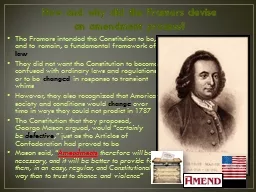

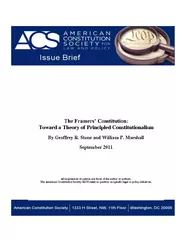
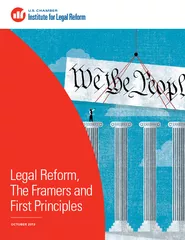

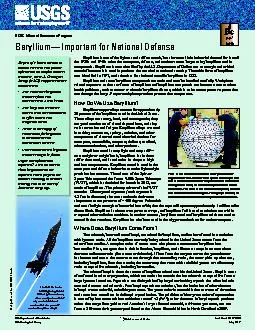
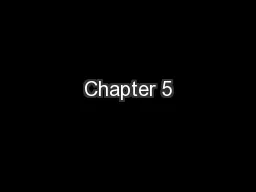
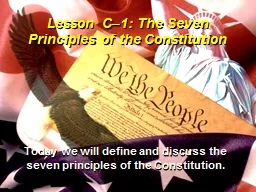

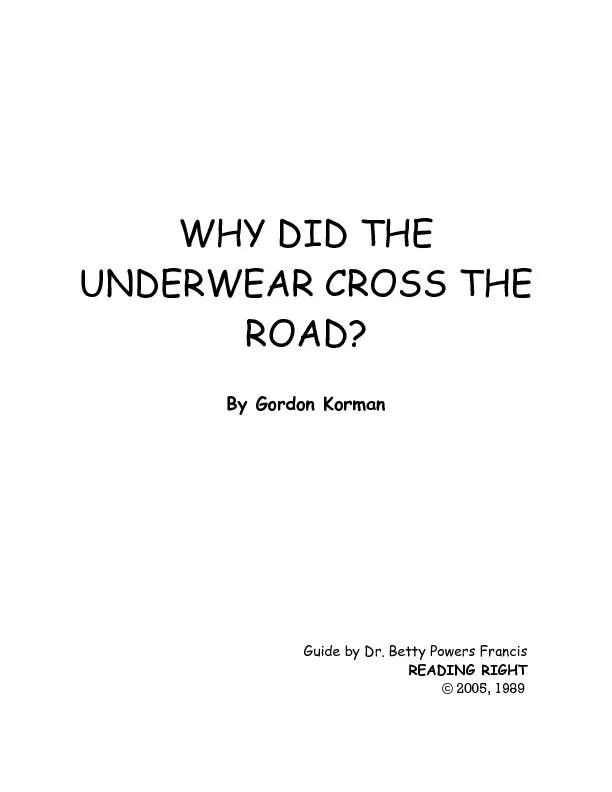

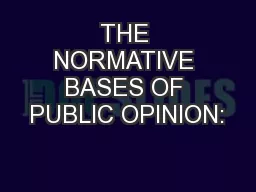

![[BOOK]-Status: Why Is It Everywhere? Why Does It Matter?: Why Is It Everywhere? Why Does](https://thumbs.docslides.com/956296/book-status-why-is-it-everywhere-why-does-it-matter-why-is-it-everywhere-why-does-it-matter.jpg)